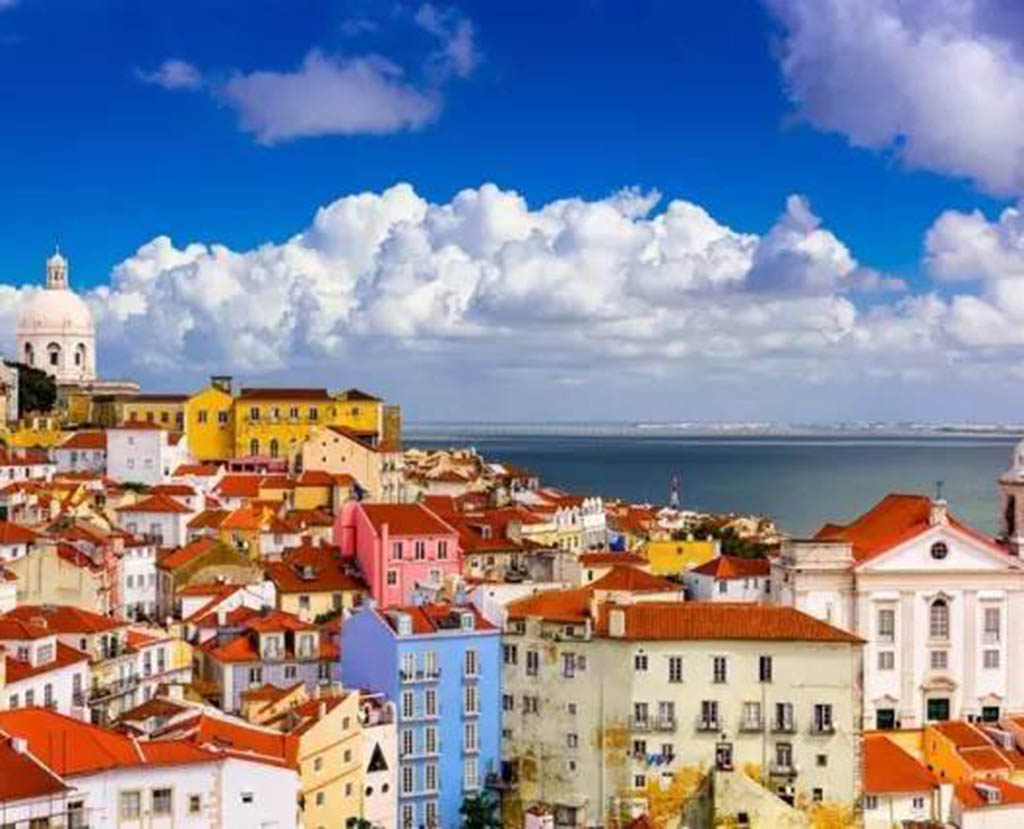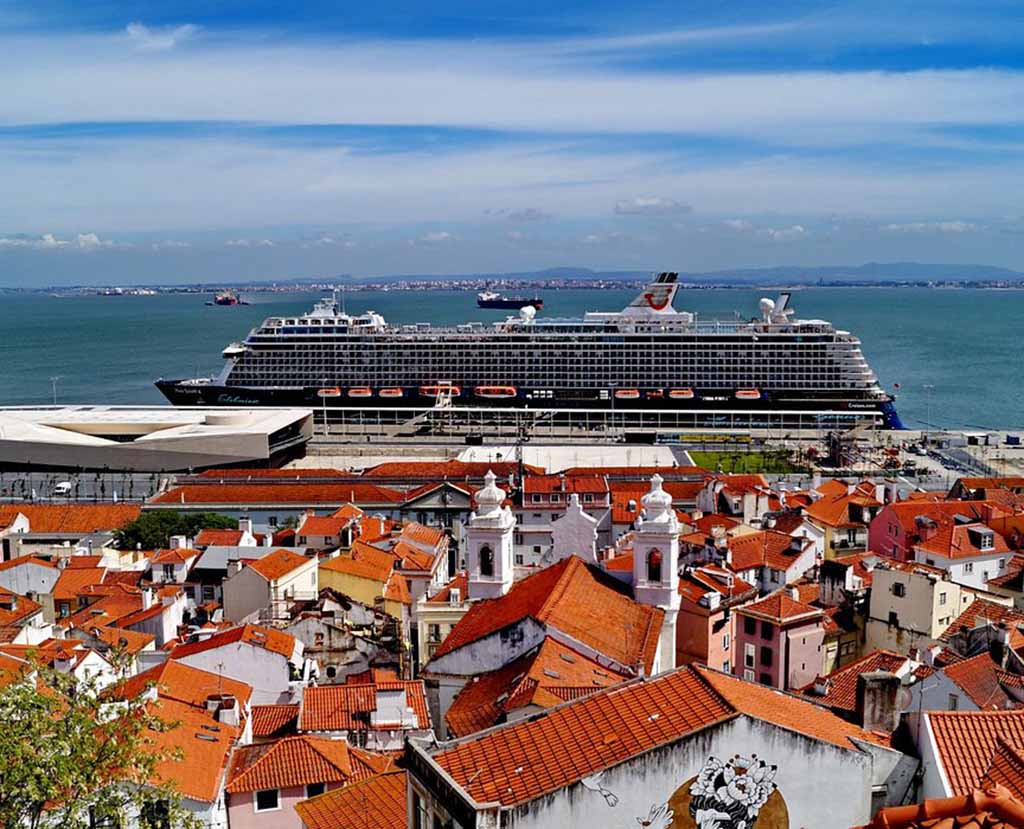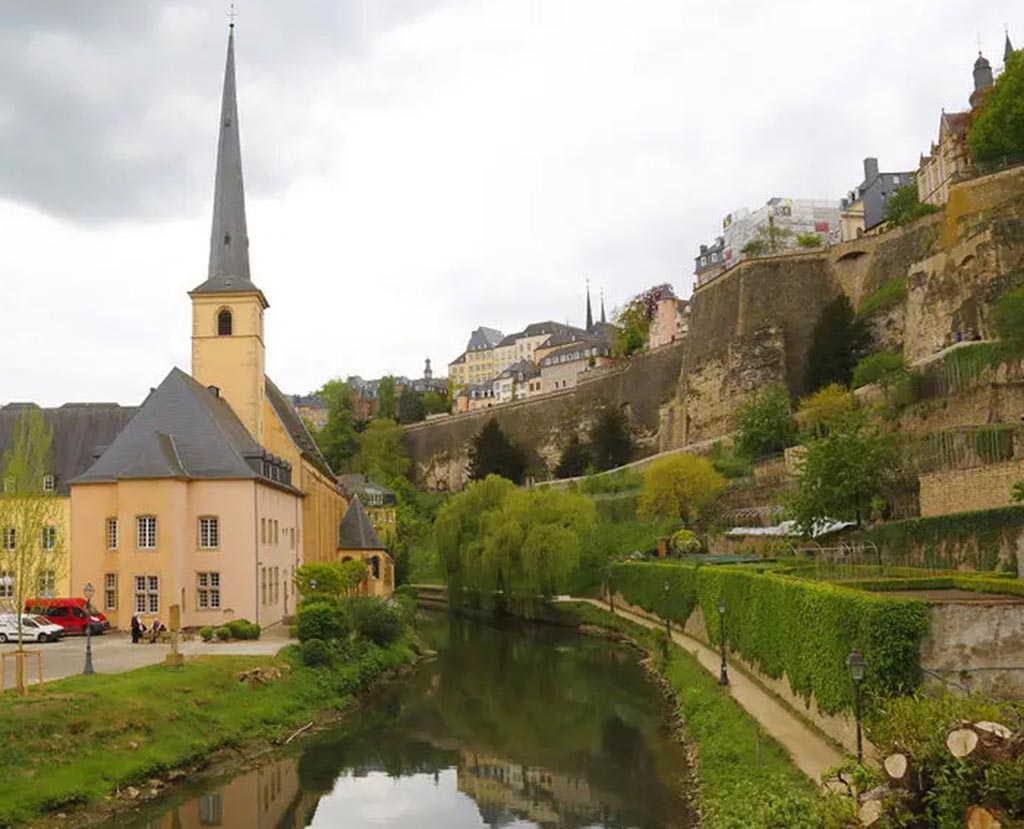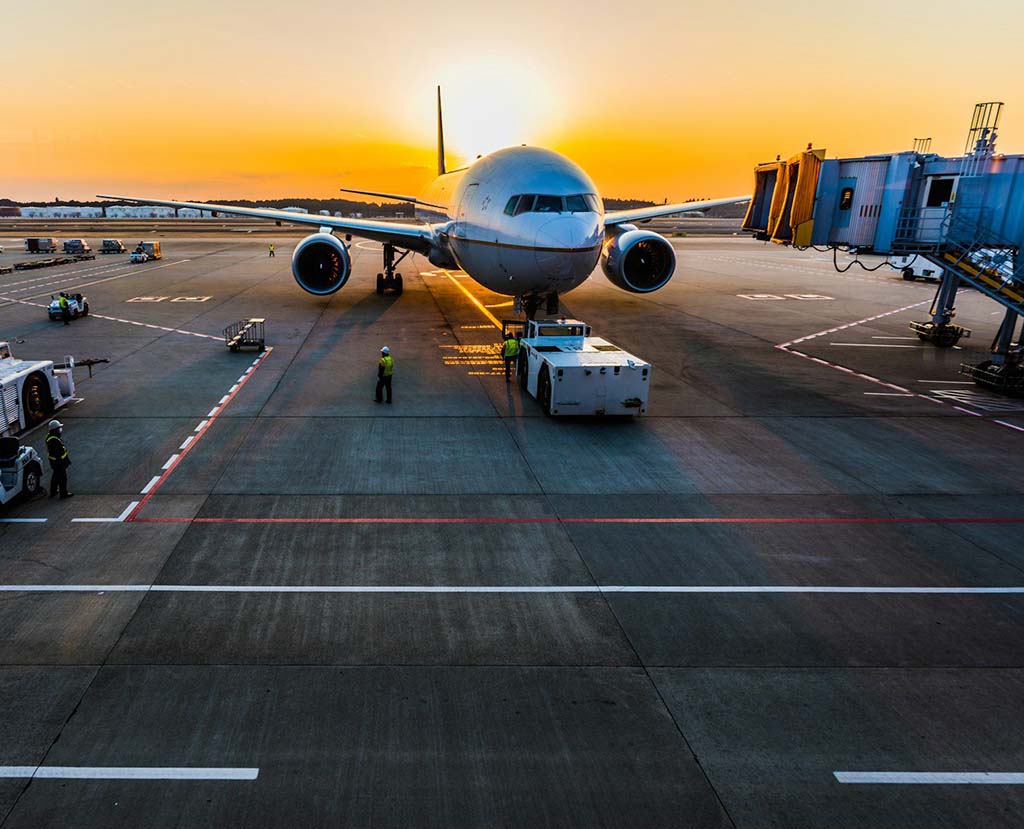——The right way to enter the city of seven hills
Lisbon, an ancient city surrounded by mountains and rivers, as the capital of Portugal, attracts travelers from all over the world with its unique red roofs, winding trams, golden sunsets and charming Mediterranean atmosphere. For first-time visitors, if you can master some practical and detailed common sense before departure, it will undoubtedly make the journey more relaxed and comfortable, avoid stepping on thunder, and really walk into the rhythm of this city.
Ⅰ. About entry and basic information: a familiar journey starting from the border
1. Passport and visa policy
Portugal is a member of the Schengen Agreement. Most tourists from Europe and some Asian countries can enter with a valid Schengen visa and stay for no more than 90 days. Before departure, be sure to check that your passport is valid for at least six months to ensure that the visa information is complete.
2. Health and insurance preparation at the time of entry
Since the epidemic, although most epidemic prevention measures have been cancelled, it is still strongly recommended to carry travel insurance (including medical items). Especially for tourists with a history of chronic diseases, they should carry health records and a list of medicines. Although customs inspections are not common, you may be asked to show your return flight ticket and hotel reservation.

3. Currency and payment methods
Portugal uses the euro, and credit cards (especially Visa and MasterCard) are widely used, but some small restaurants in the old city still rely mainly on cash. It is recommended to carry a small amount of euros as a backup, and open a bank card with no overseas handling fees to cope with unexpected consumption.
Ⅱ. Detailed explanation of urban transportation: How to travel elegantly in the city of seven hills
1. Lisbon’s transportation infrastructure
Lisbon’s transportation system includes subways, buses, trams, cable cars, ferries and trains. Tram No. 28 is one of the most common routes for tourists, running through the most attractive neighborhoods in the old city. But be careful that there are many ups and downs and occasional congestion.
2. Essential transportation cards
The first thing to do after going there is to apply for a “transportation pass” card, which can be used for unlimited urban transportation and is cost-effective. Cards can be purchased and recharged at stations and subway stations, supporting multi-day tickets and pay-per-use deductions.
3. About walking and climbing
The “City of Seven Hills” is not a false name. Some attractions require a certain amount of physical strength to climb, especially in the area between Alfama, Graça and Baixa-Chiado. Comfortable and non-slip shoes are essential equipment. Some areas are equipped with cable cars and elevators. It is recommended to plan the route before traveling to avoid repeated climbing.
III. Accommodation selection suggestions: Find a place to stay that matches the rhythm of the city
1. Area selection is crucial to the travel experience
First-time visitors can give priority to the following areas:
Baixa: The center of Lisbon, with convenient transportation and most attractions within walking distance.
Alfama: The most historical atmosphere, suitable for experiencing the slow life of old Lisbon.
Belém: Away from the hustle and bustle, with beautiful scenery, suitable for travelers seeking quietness.
Chiado & Bairro Alto: Strong artistic atmosphere, many restaurants and bars
2. Hotels, B&Bs and Youth Hostels have their own advantages and disadvantages
Hotels are usually equipped with elevators and breakfast services, suitable for family tourists. B&Bs are mostly located in historical buildings, so you need to pay attention to situations such as no elevators or shared bathrooms. Youth Hostels are suitable for those with limited budgets, but you should pay attention to safety and soundproofing conditions.
3. Hotel booking tips
Accommodation in popular areas is tight, so it is recommended to book two to three months in advance. Give priority to listings with high reviews, clear locations, and free cancellation to avoid losses due to flight changes.

At the same time, it is very important to choose the right accommodation according to your budget and travel needs. Here are several common booking platforms:
Airbnb: Suitable for tourists who want to experience local life and live in characteristic apartments. Airbnb has many characteristic listings in Alfama or Belém.
Booking.com: It offers a variety of options from luxury hotels to budget accommodation. The platform can filter the most suitable accommodation based on location, facilities and user reviews.
Hotels.com: Similar to Booking.com, but it also offers a loyalty reward program. The more you stay, the more points you get, which can be redeemed for discounts or free accommodation.
Ⅳ. Food culture and local cuisine: understand the daily rhythm of Portuguese flavor
1. Schedule of three meals a day
Portuguese people have a simple breakfast, usually coffee and bread; lunch time is longer, usually starting from 13:00 and lasting to 15:00; dinner starts later, mostly after 20:00, and newcomers need to adapt to the rhythm.
2. Must-try Portuguese dishes
When you come to Lisbon, it is recommended to try the following authentic dishes:
Portuguese egg tarts (Pastel de Nata): crispy on the outside and tender on the inside, it is the first choice for locals for afternoon tea.
Bacalhau (Grilled cod): one of the national dishes, with many variations.
Arroz de Marisco (Seafood Rice): rich in seafood flavor, suitable for sharing with many people.
Cozido à Portuguesa (Portuguese Stew): rich in ingredients, suitable for cold seasons.
3. Restaurant consumption habits and tipping culture
Most restaurants will charge for “appetizers” (such as bread, olives, etc.), and you can ask for a refund if you don’t eat them. Tipping is not mandatory and is generally 5%-10% of the total bill. It can be increased appropriately if the service is excellent.
4. Restaurant booking tips
Although there are many restaurants in Lisbon, it is wise to make reservations in advance if you want to ensure that you can taste the most authentic Portuguese food. Here are several restaurant reservation platforms:
TheFork: This is a very popular online restaurant reservation platform that provides real-time reservation functions for local restaurants in Lisbon, and you can also see other tourists’ reviews.
Resy: A global restaurant reservation platform that provides reservation services for many high-end restaurants, suitable for travelers who want to experience Michelin restaurants or high-end cuisine.

V. Language and communication: Communicate cleverly in the Portuguese-speaking world
1. Portuguese is the main language, but English is widely used
Most young people and tourism practitioners can speak English fluently, but Portuguese still dominates in some small towns or elderly groups. You can learn some basic terms in advance, such as greeting, thanking, asking for directions, etc.
2. Use translation software and paper maps
It is recommended to use offline maps and translation applications. Especially in restaurants, public transportation or market environments, these tools can quickly ease language barriers.
3. Local people’s enthusiasm and sense of distance
The Portuguese are friendly and enthusiastic but relatively reserved. It is better to use polite titles (such as Mr. and Ms.) when meeting for the first time, and avoid overly intimate body movements. Respecting the cultural habits of locals will make communication smoother.
VI. Safety, climate and pace of life: adapt to the true face of the city
1. Current situation of urban security
Lisbon has good overall security, but there are occasional pickpockets in tourist hotspots, especially in trams and crowded squares. It is recommended to put backpacks in front of the body. It is recommended to go out in groups at night and avoid entering sparsely populated alleys.
2. Climate and clothing suggestions
The Mediterranean climate is mild all year round, with dry and hot summers and warm and rainy winters. Spring and autumn are the best time to travel, with moderate temperatures and a moderate number of tourists. Travel equipment should include:
Sunhat, sunglasses and sunscreen (especially in summer)
Foldable raincoat or lightweight umbrella (in winter)
Comfortable shoes and backpacks (for all year round)
3. Business hours and rhythm
Most stores open at 10 am and close around 7 pm. Supermarkets and large shopping malls are open longer. Some attractions are closed on Mondays, so pay special attention when planning your trip. Sunday is Family Day, and many small shops are closed. It is suitable for going to open markets, museums and other leisure places.
Ⅶ. Practical equipment list: key preparation to reduce regrets
For travelers to Lisbon, the following items should be included in the luggage list:
International plugs and converters (Portuguese sockets are two-hole round)
Small portable laundry bags or clotheslines (homestays often do not have drying equipment)
Portuguese first aid kits and common medicines
A small notebook to record common Portuguese words and addresses of attractions
Foldable kettle and backpack (suitable for a light one-day trip)
A light jacket, even in summer nights, it is slightly cool
The more prepared you are, the easier and more enjoyable your journey will be. For a city like Lisbon that is full of life, understanding its common sense is not only a way to avoid stepping on thunder, but also a sincerity to express respect and integration. I hope that every friend who is about to embark on a trip to Portugal can harvest their own tenderness and freedom in the light and shadow of Lisbon.



